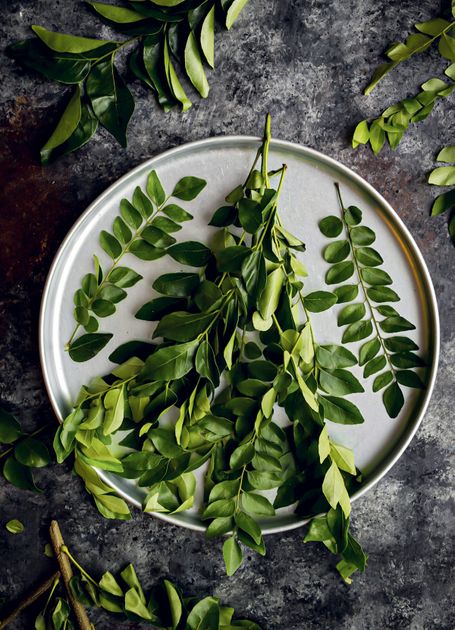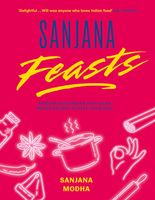Advertisement
Introduction
Appears in
Published 2024

For
With thanks to the

I grew up eating the typical Gujarati meal of daal, bhaat, shaak and rotli – our practically sacred plate of lentils, rice, curry and chapati. It’s so significant to our food culture that the global Gujarati community refer to it by an abbreviated term of endearment: DBSR. Sunday lunch was always the most wholesome meal of the week. My mum would often prepare a roasting pan full of akhu shaak, a dish of whole vegetables stuffed with peanut masala. Anise and cinnamon-laced Gujarati daal was ladled over boiled white rice; the steam that lapped the surface of the daal never failed to transport me back to the very first meals that soothed me as a child. Since it is usually of a flowing consistency, Gujarati daal tends to separate from the water if left undisturbed too long. After a gentle stir, the shade of warm sienna rippled with the opaqueness of pulverised pigeon peas and nuts boiled so long they turned creamy. A butter-slicked stack of our daily bread, rotli, was kept suitably warm in a trusty 30-year-old insulated container etched with the family name. Salads, raw chillies, various achaars and a buttermilk drink called chaas brought freshness, heat and a cooling element to this consistently comforting meal. A sweet would follow, usually in the form of canned mango pulp thinned with evaporated milk. This milk was instinctively referred to by its brand name, Carnation.

